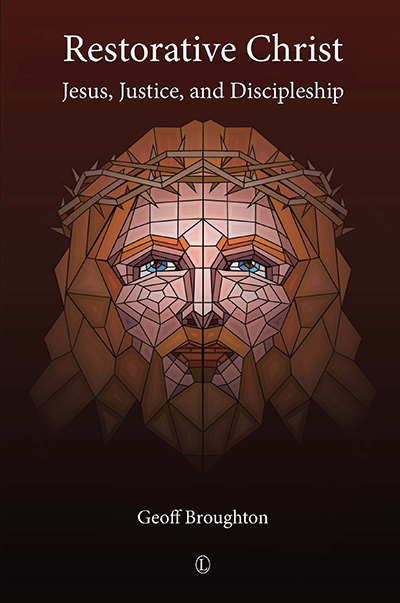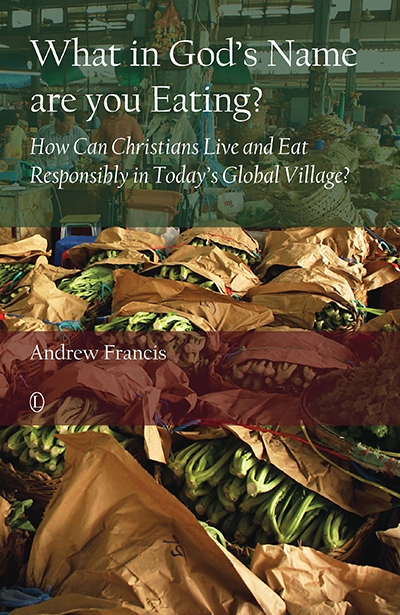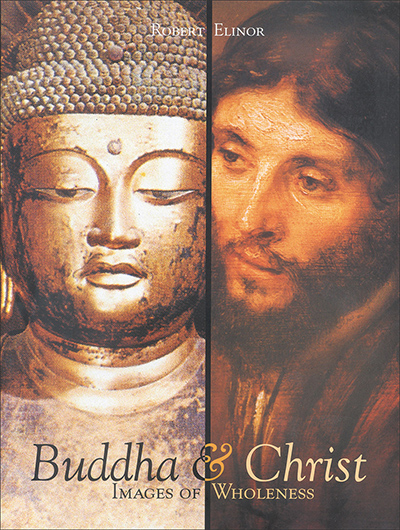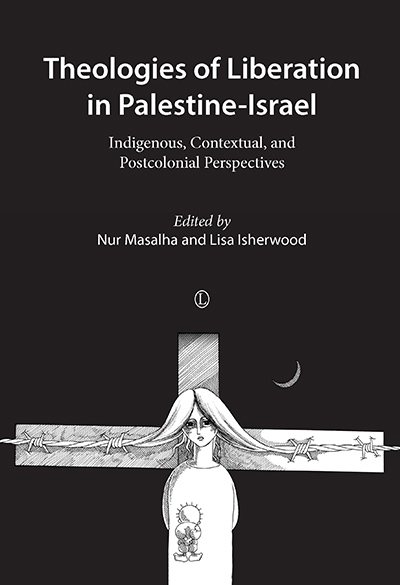Description
The conviction that Jesus is the restorative Christ demands a commitment to the justice he articulated. The justice of the restorative Christ is justice with reconciliation, justice with repentance, justice with repair, and justice without retaliation. The Gospel of Luke and the book of Acts portray the life, death, and resurrection of Jesus Christ through the radical concept of “enemy-love”. In conversation with Dietrich Bonhoeffer (Jesus-for-others), John Howard Yoder (a nonviolent Jesus), Miroslav Volf (an embracing Jesus), and Chris Marshall (a compassionate Jesus), Broughton demonstrates what the restorative Christ means for us today. Following the restorative Christ faithfully involves imaginative disciplines (seeing, remembering, and desiring), conversational disciplines (naming, questioning, and forgiving), and embodied disciplines (absorbing, repairing, and embracing).
About the Author
Geoff Broughton is Deputy Director of St Mark’s National Theological Centre and Lecturer in Practical Theology, Charles Sturt University, Australia. He is an Anglican priest in the inner-city of Sydney.
Contents
Preface
Acknowledgments
Abbreviations
Introduction: Jesus and Justice
1. Reconciliation or Justice?
Street view: Toni’s story
Bible core sample: Luke 15:11-32
Who is Christ for us today? Christopher Marshall’s compassionate Jesus
Discipleship of enemy-love: compassion not condemnation
2. Justice without Retaliation: The Victim
Street view: Tom’s story
Bible core sample: Luke 6:27-45
Who is Christ for us today? John Howard Yoder’s nonviolent Jesus
Discipleship of the Imagination: the victim’s disciplines of resistance not retaliation
Interlude: Jesus’ Death and Justice
3. Justice with Repentance: The Offender
Street view: Joe’s story
Bible core sample: Luke 23: 26-49
Who is Christ for us today? Dietrich Bonhoeffer’s Jesus for others
Discipleship of conversation: the wrongdoer’s disciplines of self-donation not self-centeredness
4. Justice with Repair: The Community
Street view: St Johns East Sydney: responding to violence
Bible core sample: Acts 9:1-31
Who is Christ for us today? Miroslav Volf’s embracing Jesus
Discipleship of the body: the community’s discipline of embrace not escape
Conclusion: The Justice of the Restorative Christ
Bibliography
Index
Endorsements and Reviews
To understand what it means to enact the reconciling justice of Jesus Christ in the world today, Geoff Broughton brings the text of Scripture, the insights of prominent theological thinkers, and lessons learned from years of practical ministry on city streets into a rich and intriguing mix. This is a welcome contribution to elucidating the theological foundations of the restorative justice vision, the need of which has never been more urgent.quot;
Christopher Marshall, Professor of Restorative Justice, Victoria University of Wellington, Wellington, New Zealand
Broughton’s impressive Restorative Christ offers the reader a fresh, insightful, intellectually rigorous, and eminently practical approach to issues of justice and reconciliation today. Broughton shows how genuine restoration is multi-layered involving not only victims and wrongdoers but also the community. The discussion is grounded throughout by insights from Christian ministry, reflection on core Scripture texts, and practical application. An important theological contribution to a contemporary challenging topic.
Stephen Pickard, Executive Director, Australian Centre for Christianity and Culture, Charles Sturt University
… interesting reflections on the practical outworking of [restorative justice].
Alan Billings, in Theology, Vol 119.1
The author’s discussion is multi-dimensional, building up his argument based on the text of scripture, insights of theological thinkers and lessons learned from practical experience in the local communities of Sydney where the author serves as an Anglican priest. … The book provides greats insights for a theology of justice and pastoral ministry of restoration, which are both relevant and constructive to many contexts all over the world in the present time.
Da Qin, in The Expository Times, Vol 128, No 9






